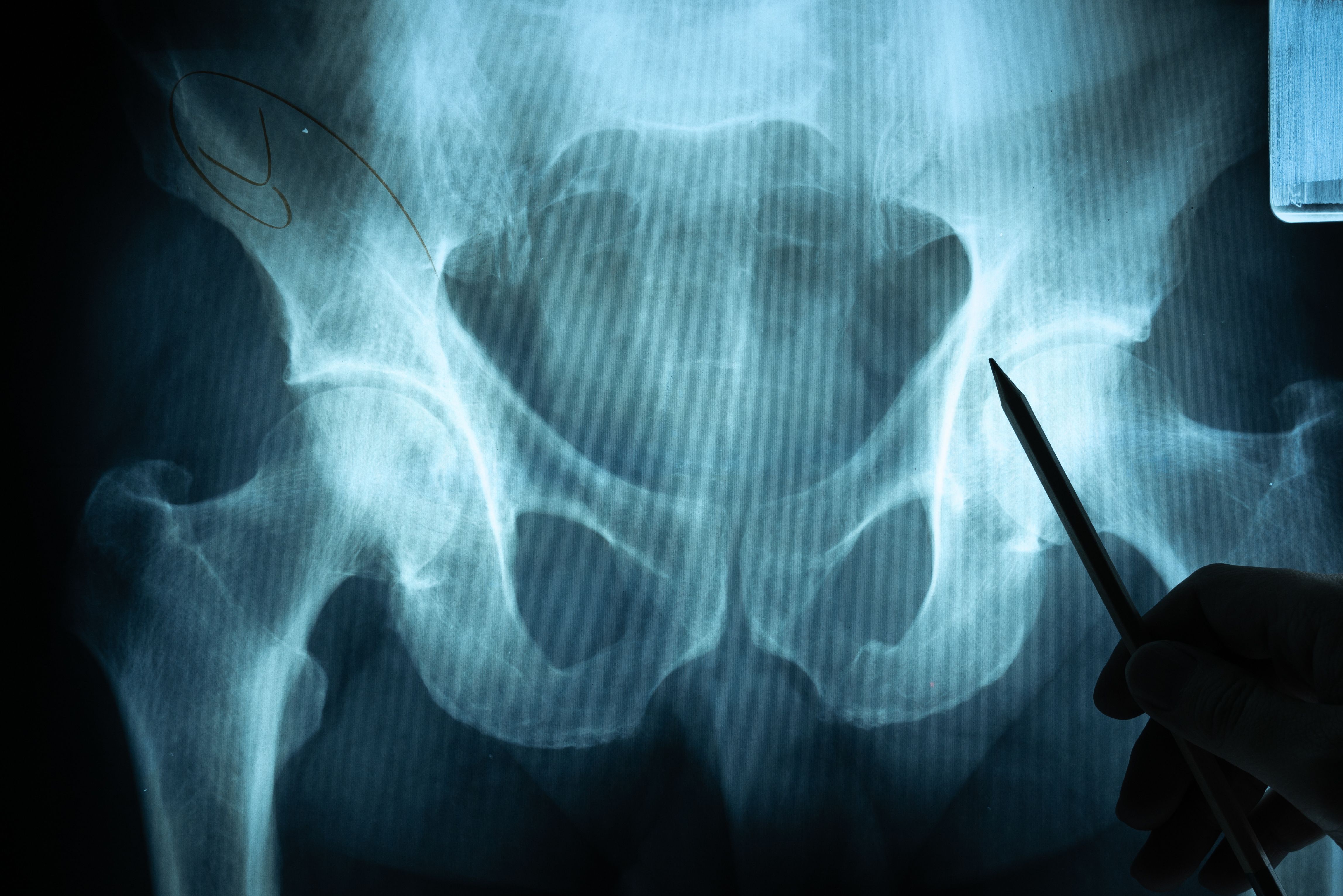Article
Study Questions BASDAI for Prescribing TNF Inhibitors in Ankylosing Spondylitis
Author(s):
The internationally recommended Bath Ankylosing Spondylitis Disease Activity Index (BASDAI) cutoff of four and above may not be applicable when initiating treatment with the tumor necrosis factor alpha inhibitor (TNFi) golimumab (Simponi, Janssen), say researchers recently writing in The Journal of Rheumatology.
(©Alice_photo,AdobeStock)

The internationally recommended Bath Ankylosing Spondylitis Disease Activity Index (BASDAI) cutoff of four and above may not be applicable when initiating treatment with the tumor necrosis factor alpha inhibitor (TNFi) golimumab (Simponi, Janssen), say researchers recently writing in The Journal of Rheumatology.
Since the first publication on the success of treatment with TNFi in ankylosing spondylitis, the BASDAI cutoff of four and above has been used. Since published evidence from various sources support this approach, the cutoff value of four and above has been recommended for use in all major international guidelines. The current Assessment of Spondyloarthritis international Society/European League Against Rheumatism (ASAS/EULAR) recommendations for patients with axial spondyloarthritis define active disease by Ankylosing Spondylitis Disease Activity Score (ASDAS) ≥ 2.1 or BASDAI ≥ 4. In contrast with ASDAS, the BASDAI threshold value has been arbitrarily set, and has never been thoroughly evaluated. Therefore, it is unclear whether patients with a lower BASDAI may also benefit from therapy with biologic agents. The assessment of disease activity in ankylosing spondylitis is based on clinical variables such as inflammatory spinal pain, laboratory variables such as C-reactive protein (CRP) levels and magnetic resonance imaging (MRI) CRP, and MRI.
In this posthoc analysis of the observational phase four GO-NICE study, researchers analyzed a subgroup of patients with ankylosing spondylitis who were biologic-naïve, treated with golimumab 50 mg subcutaneously once monthly and observed up to 24 months.
“We were interested in learning about the level of disease activity used in daily routine to start TNFi therapy,” wrote the authors, led by Jurgen Braun, M.D., of Ruhr-University Bochum in Germany. “We performed a subgroup analysis of patients with ankylosing spondylitis who were categorized into three BASDAI groups and described regarding characteristics, treatment, and outcomes. In addition, we studied the influence of baseline CRP values on clinical outcome variables in a real-world setting.”
Of the 244 biologic-naive ankylosing spondylitis patients at baseline, 70.5 percent had a BASDAI ≥ 4 (Group 1), 14.3 percent had 2.8 to < 4 (Group 2), and 15.2 percent had even < 2.8 (Group 3). A total of 134 patients (54.9 percent) completed the 24-month observational period.
The mean BASDAI in Groups 1, 2, and 3 was initially 5.9 ± 1.3, 3.4 ± 0.4, and 2.0 ± 0.8, decreased to 2.2 ± 2.0, 1.9 ± 1.2, and 1.0 ± 1.2 within three months (all p < 0.0001 vs baseline), and decreased significantly to 2.2 ± 1.7, 1.9 ± 1.7, and 1.4 ± 1.0 at month 24 (all p < 0.005), respectively. BASDAI 50 percent improvement was noted in 68.8 percent, 44.8 percent, and 45.2 percent of patients at month three, and in 84.9 percent, 61.9 percent, and 55.0 percent at month 24. CRP levels were higher in the groups with a low BASDAI (Groups 2 and 3).
“TNFi treatment was initiated in almost a third of ankylosing spondylitis patients with lower disease activity states as assessed by BASDAI cutoff of ≥ 4,” the authors wrote. “Patients with a BASDAI between 2.8 and < 4 appeared to benefit significantly from treatment, while patients with BASDAI < 2.8 did not. This finding should lead to a reevaluation of the established BASDAI cutoff of ≥ 4.”
Rheumatologists should “recognize patients who, based on the level of inflammation present as evidenced by CRP levels or MRI findings, are in need of TNFi therapy but who judge themselves lower when ticking BASDAI boxes,” the authors wrote.
REFERENCE
Jürgen Braun, Xenofon Baraliakos, Uta KiltzS, et al. “Disease Activity Cutoff Values in Initiating Tumor Necrosis Factor Inhibitor Therapy in Ankylosing Spondylitis: A German GO-NICE Study Subanalysis.” The Journal of Rheumatology. January 1, 2020. DOI: https://doi.org/10.3899/jrheum.181040




